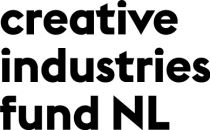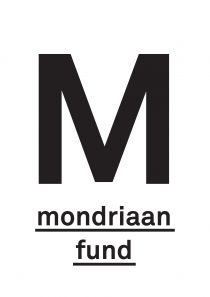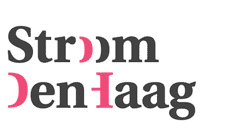Ângela Ferreira: Revolutionary Traces
7 December 2014 - 15 March 2015
Saturday 6 December 2014, 17 hrs: opening by senator Adri Duivesteijn (in the 1980s alderman of public housing in The Hague) + performance (17.30 hrs) | Preceded at 16 hrs by: lecture Nelson Mota (Architect and Assistant Professor at TU Delft) entitled: The Architect and the Grassroots: Álvaro Siza and the SAAL Process in Post-revolutionary Portugal
Location: Hogewal 1-9, The Hague
Open: Wednesday to Sunday, 12-17 hrs
Exhibition guide: download pdf
Stroom School: Ângela Ferreira
The side program around this exhibition consist of a number of events like a workshop, several lectures and a film screening.
'Buildings can be read as political texts and that is what I try to do.'
- Ângela Ferreira, 2014
Two new sculptures by the Portuguese/South African artist Ângela Ferreira link the work of architect Álvaro Siza Viera in the Schilderswijk (The Hague '85-'93) with Bairro de Bouça (Porto, '73-‘77). Both housing projects were realized under revolutionary circumstances.
The work of Ângela Ferreira focuses on buildings and the meaning they have in different time frames, on different locations, for different people. From this view point she looked at the work of Álvaro Siza Vieira in the Schilderswijk in The Hague. In the 1980s Siza was invited to The Hague by Adri Duivesteijn, at that time alderman for housing, as part of the campaign 'Urban renewal as cultural activity'. Duivesteijn first came into contact with the architect's work when he visited Porto where Siza, as a member of the group SAAL (Serviço Ambulatório de Apoio Local - Local Ambulatory Support Service, 1974-1976) had realized a number of social housing projects together with the inhabitants. Duivesteijn was looking for an unconventional and visionary architect, capable of realizing meaningful and high-quality housing projects based on the existing cultures and the specific demands of local inhabitants.
Revolutionary Traces focuses on this extraordinary period in the history of social housing and asks questions about the role of culture in urban renewal, the involvement of visionary administrators and the call of the government for participation by the inhabitants.
In addition to the new sculptures the exhibition features documents, photographs, videos and drawings illustrating both Ferreira's way of thinking and the way Siza looked at The Hague. Also included in the show is the evocative film 'Houses for the People', a film project on SAAL (2010) by Catarina Alves Costa (daughter of Alexandre Alves Costa, one of the prominent members of SAAL) showing the citizens of Porto taking to the streets in order to demand better housing.
Ângela Ferreira was born in 1958 in Maputo, Mozambique. She grew up in South Africa and obtained her MFA from the Michaelis School of Fine Art, University of Cape Town. She lives and works in Lisbon, Portugal. She represented Portugal at the 52nd Venice Biennale in 2007, continuing her investigations into the ways in which European modernism adapted or failed to adapt to the realities of the African continent by tracing the history of Jean Prouvé's Maison Tropicale. In June 2012 Ângela Ferreira gave a lecture at Stroom Den Haag as part of the ongoing series The Knight's Move. This presentation led to the inviation for this solo exhibition at Stroom Den Haag.
Parallel to the presentation at Stroom the Serralves Museum of Contemporary Art in Porto hosts the exhibition The SAAL Process: Architecture and Participation 1974-1976.
Catalogue Ângela Ferreira Revolutionary Traces
The
exhibition is accompanied by a small catalogue linking the
historical projects in Porto and the Schilderswijk.
Stroom School side program
In addition there is an indepth side program exploring the theme of housing and urban
renewal as a cultural activity.
More information: click here.
Revolutionary Traces is made possible in part by the Creative Industries Fund NL and Mondriaan Fund.
Special thanks to:
Catarina Alves Costa, Joop Bolster, Frans den Breejen, Fred van der Burg, Adri Duivesteijn, Jeroen Geurst, Nelson Mota, Leo Oorschot, Delfim Sardo, Robin van de Ven.
Performance: Joost Dekker
Film of the performance: Gerard Holthuis
LINKS
http://angelaferreira.info
http://alvarosizavieira.com
http://nelsonmota.com
www.serralves.pt
PRESS
Archined, 8 April 2016 (in Dutch)
MetropolisM.com, 13 March 2015 (in Dutch)
Den Haag Centraal, 6 February 2015 (in Dutch)
SchildersWIJKKrant, February 2015 (in Dutch)
Architectenweb, 23 January 2015 (in Dutch)
Museumtijdschrift (#1), January-February 2015 (in Dutch)
Blikvangen, 10 January 2015 (in Dutch)
If then is now, 10 December 2014 (in Dutch)
schilderswijk.nl, 5 December 2014
- 06 Dec '14 - 15 Mar '15
- Hogewal 1-9, The Hague
- Entrance: free
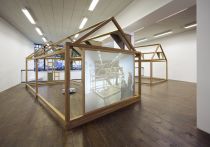
photo: Hein van Liempd, courtesy Stroom Den Haag
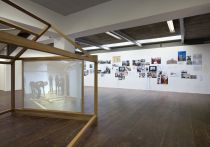
photo: Hein van Liempd, courtesy Stroom Den Haag
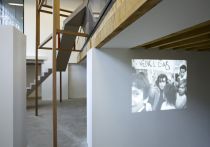
photo: Hein van Liempd, courtesy Stroom Den Haag
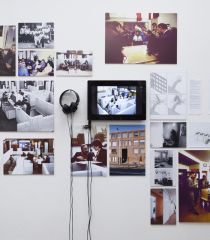
photo: Hein van Liempd, courtesy Stroom Den Haag
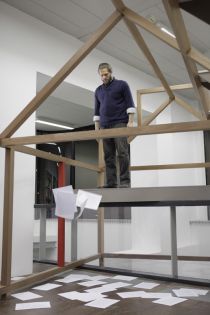
photo: Hein van Liempd, courtesy Stroom Den Haag
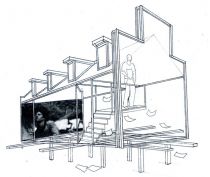
photo: courtesy the artist
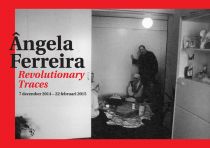
photo: design: Thonik (photo: Jeroen Geurst)
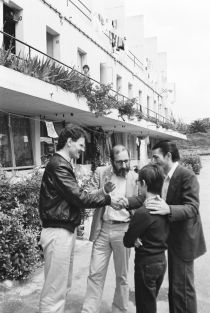
photo: Jaap Huurman
